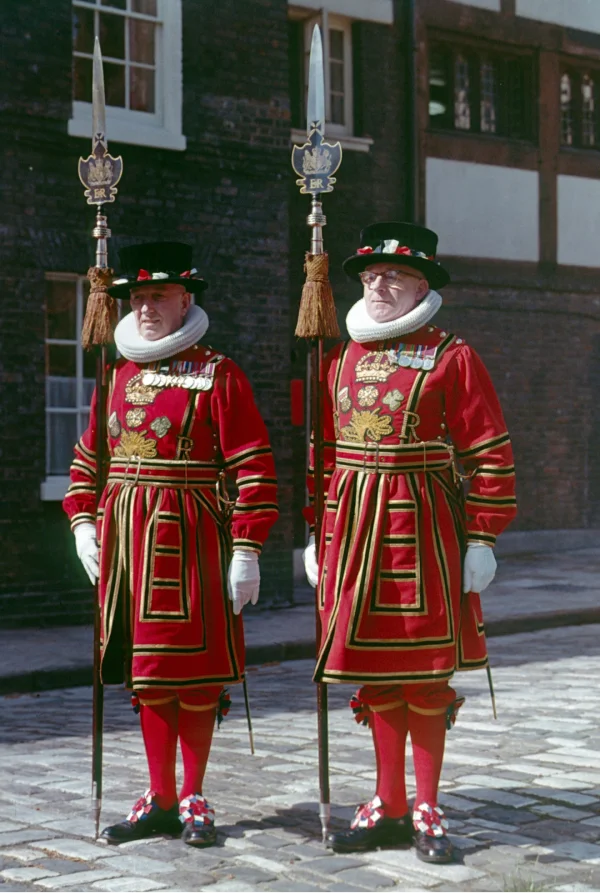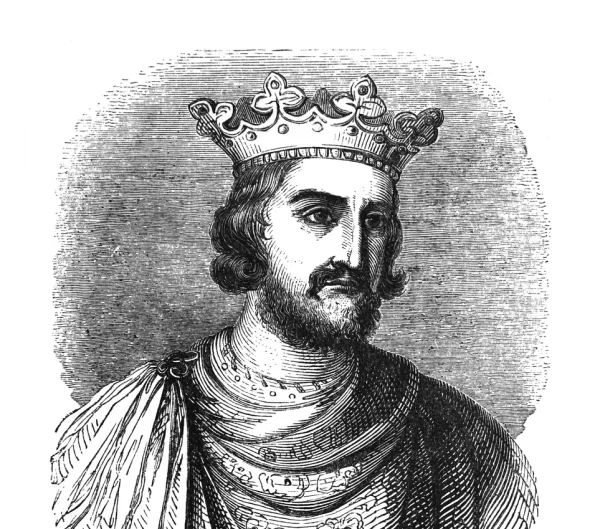

Construction of the White Tower
The construction of the White Tower was commissioned by William the Conqueror in the 11th century. This formidable fortress, situated within the Tower of London, was built to establish Norman control over London and assert the dominance of the new regime. Its strategic location and imposing structure symbolized power and authority, leaving an enduring mark on the English landscape.
Historical Context during William’s Reign
William’s reign was characterized by a transformative period in English history, marked by political uncertainties and territorial ambitions. The construction of the White Tower symbolized the Norman conquest and the beginning of a new era of Norman influence in England. It stood as a testament to William’s determination to leave a lasting legacy, reflecting the aspirations and ambitions of a ruler seeking to secure his place in history amidst the complexities of medieval politics and power struggles.
Henry III
Henry III significantly contributed to the Tower’s historical footprint by initiating substantial expansions, transforming it into a grand royal residence, and enhancing its defensive capabilities. His vision for the Tower laid the foundation for its enduring role as a symbol of royal power and authority.
Edward I
Edward I continued the legacy of expansion and fortification, strengthening the Tower’s defenses and adding important architectural features. His efforts solidified the Tower’s position as a formidable stronghold, reflecting its ongoing significance in safeguarding the interests of the English monarchy.

TOWER OF LONDON TICKETS
Experience the grandeur of the Tower of London with official entrance tickets priced at just 48P. Dive into centuries of history as you explore this…
TRAVELER INFORMATION
Whether an early bird or a night owl, the Tower of London offers a range of opening hours, allowing you to explore its wonders at your con…
TOWER OF LONDON INFORMATION
The Tower of London is an icon of London that embodies its rich history. Dating back to William the Conqueror in 1066, this royal fortress…
Top things to do in London
